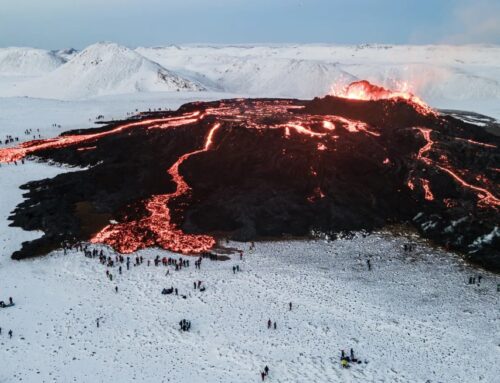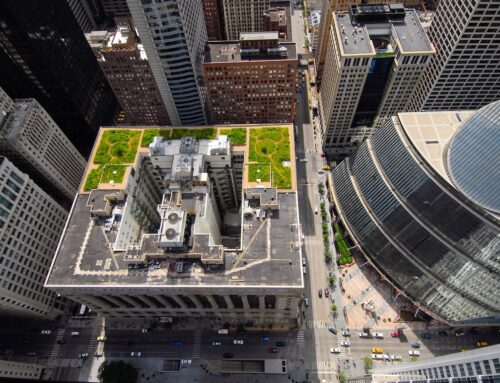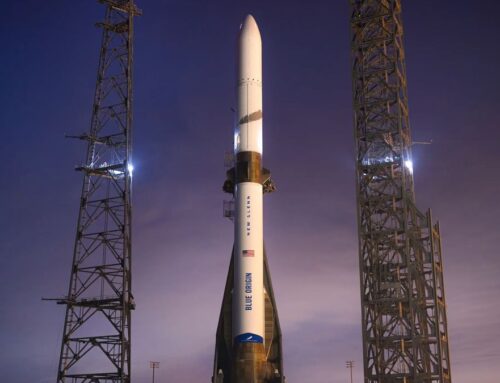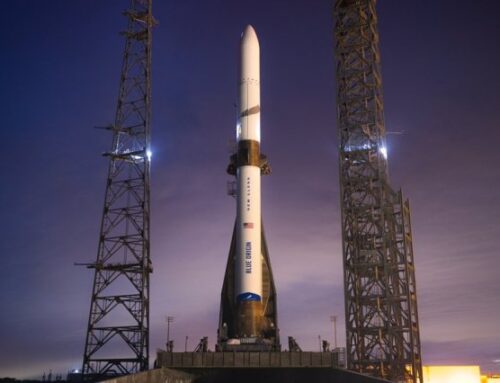Des Moines and the climate reality: A year of extremes
December 28, 2024
Chris Gloninger is a meteorologist and climate communicator with 18 years of broadcast experience, AMS dual certifications, and a master’s in Emergency Management, specializing in making complex climate topics accessible. He first published this essay on his newsletter, Weathering Climate Change.
As 2024 comes to a close, it’s clear something extraordinary—and unsettling—has been happening in Des Moines. With just five days to go, the city is tied for the second warmest year on record. Highs in the 40s and lows in the 20s ensured the year would cement its place in the top three warmest years since record keeping began in 1879. But this isn’t just a story of numbers; it’s a narrative about change—rapid, undeniable, and deeply concerning.
Weather records in Des Moines stretch back nearly 150 years, offering a rich tapestry of data that helps to understand long-term climate trends. In a stable climate, one might expect the warmest years to be evenly distributed across time—half occurring before 1951 and half after. But that’s not what’s happening. Of the top ten warmest years in Des Moines, seven have occurred since 1951. Even more telling, six of those years have happened since 2010. That’s not just a trend—it’s a flashing red warning light.
Top ten warmest years on record in Des Moines:

For anyone with a shred of critical thinking, this should be a wake-up call. The rapidity and consistency of these warm years scream climate change, but the conversation is often drowned out by the din of denialism. It’s easier to ignore the data when it doesn’t fit a convenient narrative, but the climate isn’t waiting for us to catch up. It’s moving forward, reshaping life as we know it.
One of the most compelling indicators of a warming climate in Des Moines is the steady increase in warm days. Back in 1879, Des Moines would typically experience 192 days a year where the mercury climbed to or above 60°F. Fast forward to today, and that average has jumped to 204 days—a full two weeks more of 60°+ weather. And in 2024, the city tied for the second greatest number of these warm days, with 236 days hitting that threshold. That’s nearly two-thirds of the year spent in what used to be considered mild, warm conditions.
For a city built around seasonal rhythms, this shift is more than just a curiosity; it has real implications. Longer stretches of warm weather affect everything from agriculture to energy consumption, and they hint at a world that’s becoming increasingly out of balance.

But it’s not just the warmer days that tell the story. The cold is disappearing, too. In 1879, Des Moines could count on around 50 days a year where temperatures failed to climb above freezing. That average has since dropped to just 42 days. And in 2024, the city experienced only 24 such days, tying for the ninth fewest on record.
Fewer subfreezing days mean fewer opportunities for the soil to rest in winter, for pests to die off, and for the ecosystems that rely on cold to thrive. It’s not just about comfort or inconvenience—it’s about a fundamental reshaping of the environment.
These changes aren’t abstract; they’re happening right now, and they’re measurable in the daily lives of people in Des Moines and beyond. The increasing frequency of warm years, the dwindling number of cold days, and the lengthening warm seasons should serve as a collective “holy shit” moment. The science is clear, the data is unambiguous, and the stakes couldn’t be higher.
Yet, even in the face of overwhelming evidence, denial persists. Propaganda from climate change deniers obscures the truth, leaving communities vulnerable to the escalating impacts of a warming planet. But the numbers don’t lie. Des Moines’ story is America’s story, and it’s time we start listening.
As we move into 2025, we must confront the reality of our changing climate with urgency and resolve. The trends we see today will only accelerate tomorrow unless we take decisive action. Des Moines is more than a city with an exceptional climate record—it’s a microcosm of the challenges and opportunities we face as we navigate the age of climate change. Let’s hope the warning signs are finally heard.
Related Post




